Often on the labels of various food products - sausages, pickles, mayonnaise, wines, cheeses, yogurt and many others, we find the designation E202. It indicates potassium sorbate, which is a food additive from the preservatives group.
In addition to food, it can also be found in cosmetic products, and its wide use is explained by its harmless nature. What is potassium sorbate with code E202 and what should we know about it when we use it or find it on the packaging of the goods we consume?
Essence and preparation of potassium sorbate
E202 is the potassium salt of sorbic acid. This acid is naturally found in the juice which is extracted from the fruit of the rowan tree. It was discovered in 1859 by Hoffmann, and its antimicrobial effect was discovered in 1939 by the German scientist Müller. Production of sorbic acid in industrial quantities began in the 1950s. It is a preservative preferred over others because of its harmlessness and neutrality.
Potassium sorbate is obtained from sorbic acid upon neutralization of potassium hydroxide. The acid breaks down into calcium, sodium and potassium salts, and sorbates, which are preservatives, are obtained from them.
Sorbates are produced as a result of a process called sorption. In practice, this is a process of absorption of one substance by another, the absorbing one being called a sorbent, and the absorbed one being called a sorbate. It is widely used in industry and household.
This is the synthetic way of obtaining E202. Its chemical formula is C6H7CO2.
The other way to obtain the preservative is by extracting it from the seeds of the fruit of some plants.
In appearance, potassium sorbate is a powdery or granular substance with a white color and a neutral taste.
Another of its distinguishing features is its high solubility, it is the most soluble of all other sorbates. Room temperature gives it a solubility of 138 grams per liter. Upon dissolution, sorbic acid is released, which has the characteristics of the active substances. The activity of the substance is expressed in inhibiting the development of yeasts and molds, as well as some types of bacteria.
Currently potassium sorbate, along with sorbic acid and its other salts, is the most popular preservative because it does not cause any harm to the human body. It is accepted that the maximum dose is from 0.1 to 0.2 percent of the mass of the finished product in which it is applied.
Potassium sorbate is a permitted additive in the EU, as well as in most countries around the world. Asian, European countries, as well as the USA and Canada use the product massively. Australia is the country where it is banned.
What properties does potassium sorbate have?
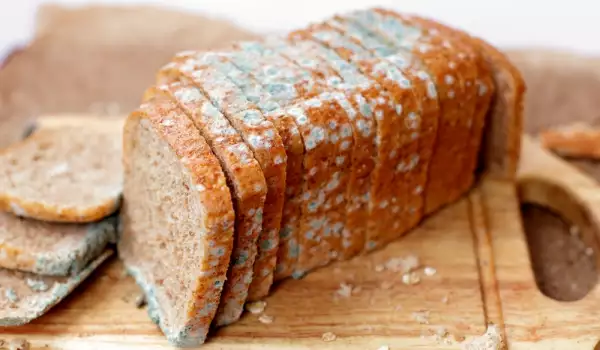
In addition to being an inhibitor of molds and yeasts in food products, potassium sorbate also has the quality of increasing the shelf life of foods. It is also used in many personal care products to prevent the growth of microorganisms in them and to extend their shelf life.
Because it is harmless, many environmentally-minded manufacturers use it as a substitute for dangerous parabens.
Potassium sorbate shows low toxicity. It is believed to be toxicologically harmless.
However, it has the ability to cause genetic mutations under certain conditions. It also irritates the skin, eyes and respiratory system, which is why it has been banned for use in some countries.
The daily amount of the substance should not exceed 25 milligrams per 1 kilogram of body weight to be harmless for human use.
Areas of application of potassium sorbate
As a preservative, potassium sorbate is primarily used in the food industry. It is used in fruit preservation and vegetables, fish and meats. It is added to confectionery products, egg products. As it prevents the development of molds, it is actively used in sausages and cheeses. We can find it in rye bread dough, which protects against mold and mildew.
The neutral taste of potassium sorbate makes it an ideal candidate as a confectionary preservative not only for sweets, cakes but also for chocolate products. The absence of a characteristic taste makes it a sought-after additive for fruit juices and carbonated drinks.
E202 is very common in Asian cuisine as a preservative for the sour and spicy sauces and spices they use because of the effective antimicrobial properties it exhibits in a highly acidic environment. Good protection against fungi and yeast in these raw materials.
It is widely used in winemaking. Potassium sorbate performs an active biological stabilization of the wine. In it, after the fermentation process, the following problem is created: the yeast that ferments the sugar of the grape juice can eat the sugars added for flavoring the wine. The yeast has to be neutralized and therefore potassium sorbate is added.
We can also use potassium sorbate in the canning of pickled vegetables because it does not reduce the lactic acid fermentation without which the canning will not be successful.
Where should we most often expect to find the E202 code?

We can certainly find it on the labels of margarines, mayonnaise, smoked meats, jams, juices, sweet drinks, flour products, sausages, wine, brandy, tomato paste, ketchup, various cheeses. In semi-cooked meats and frozen foods, potassium sorbate is practically always present.
In cosmetics, potassium sorbate is used in the manufacture of shampoos, creams and lotions to protect the products from breakdown. It is often combined with other preservatives, but in smaller doses.
Harms from potassium sorbate
Although potassium sorbate has been used as a preservative for over a century, there is still no complete clarity and agreement as to how harmful it is.
A negative of the product is that it sometimes causes allergic reactions. Increased sensitivity to it, expressed in reactions and allergies in the oral cavity, throat and digestive tract, as well as migraines and headaches.
The preservative is harmless and allowed everywhere, but only in low doses. This permissible dose for each food is no more than 0.2 percent of it.
Overdose negatively affects the oral cavity and stomach. Exceeding the permitted norms can lead to premature birth in pregnant women, stomach bleeding, kidney and liver damage.
E202 is not allowed in diets with a health problem. In them, the foods are eaten fresh and the addition of any preservatives ruins the diet. It is recommended to avoid any E-coded supplements as this has been found to have an adverse effect on any chronic disease. Although it has been declared a harmless E202 preservative, it has not yet been sufficiently well studied for its use by chronically ill patients.
Meaning of potassium sorbate
Without a doubt, E202 can be added to the list of useful additives because of the possibilities for long-term preservation of food and beverages, as well as cosmetic products for personal care.
Read more on what the most dangerous preservatives are and why you should eat your canned goods on time.
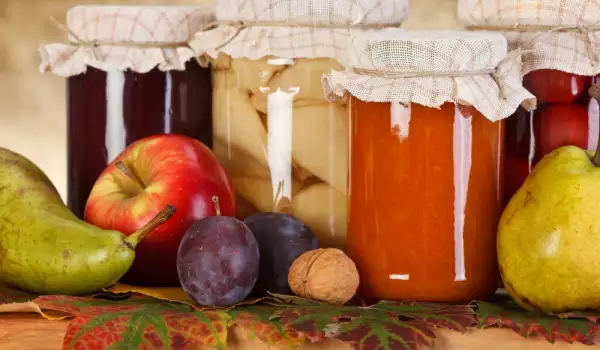





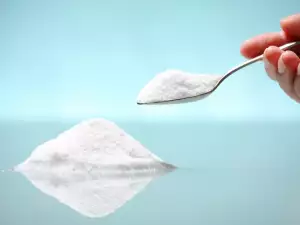
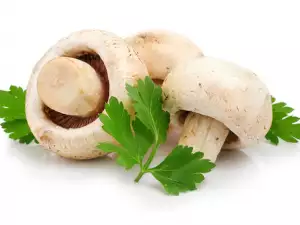




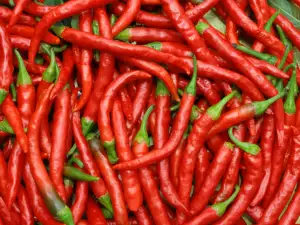
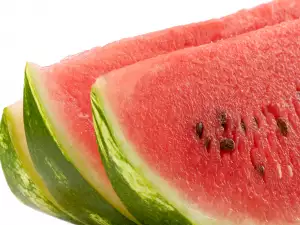
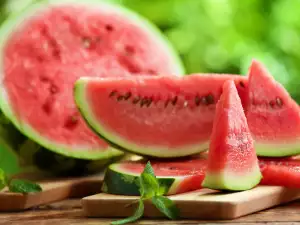

Comments